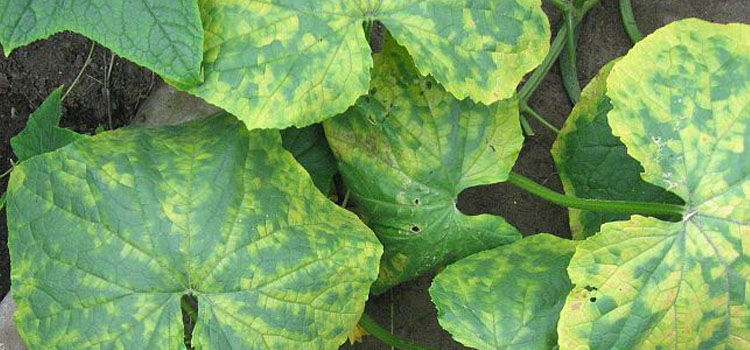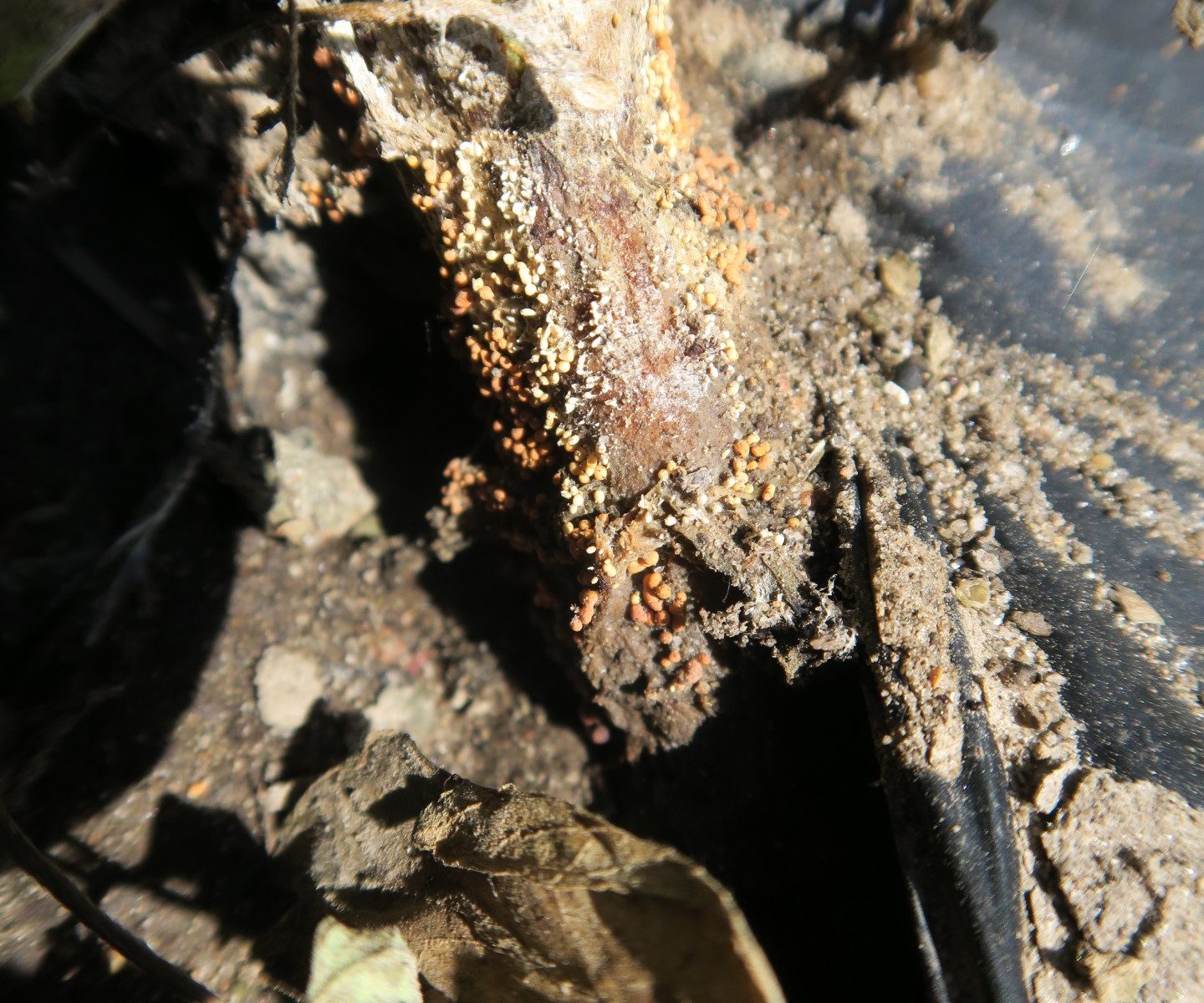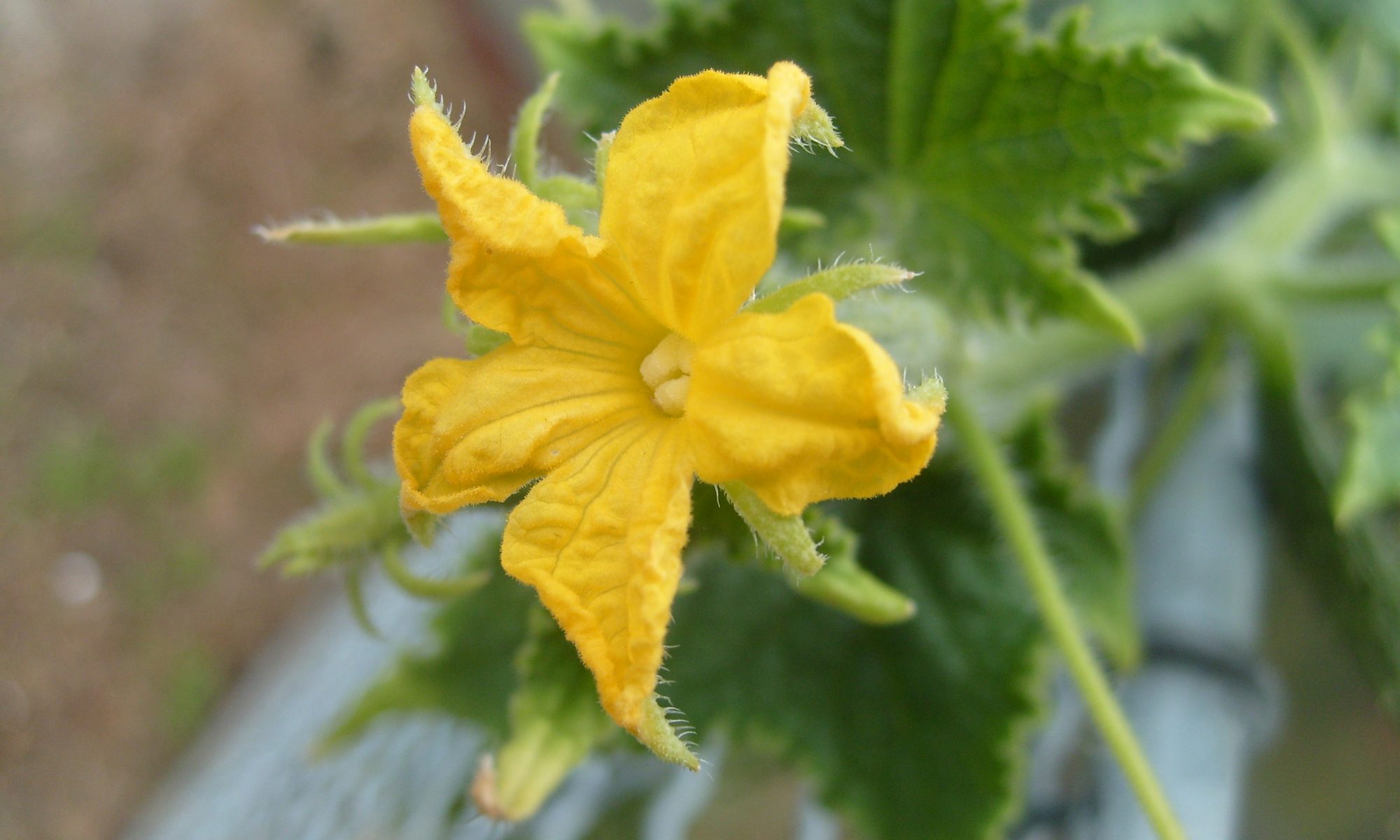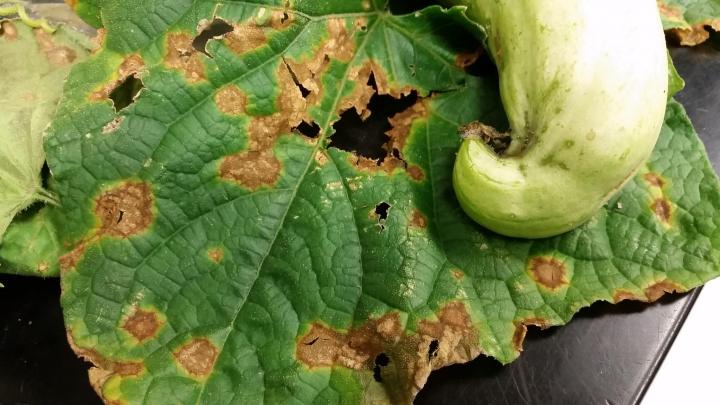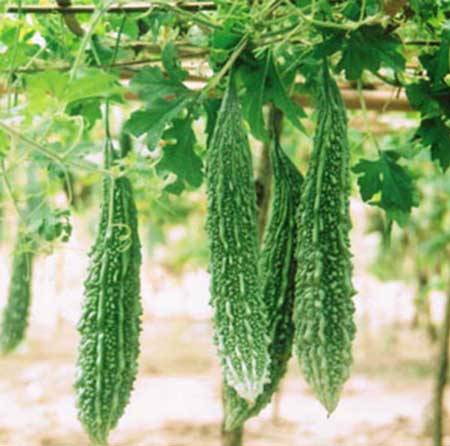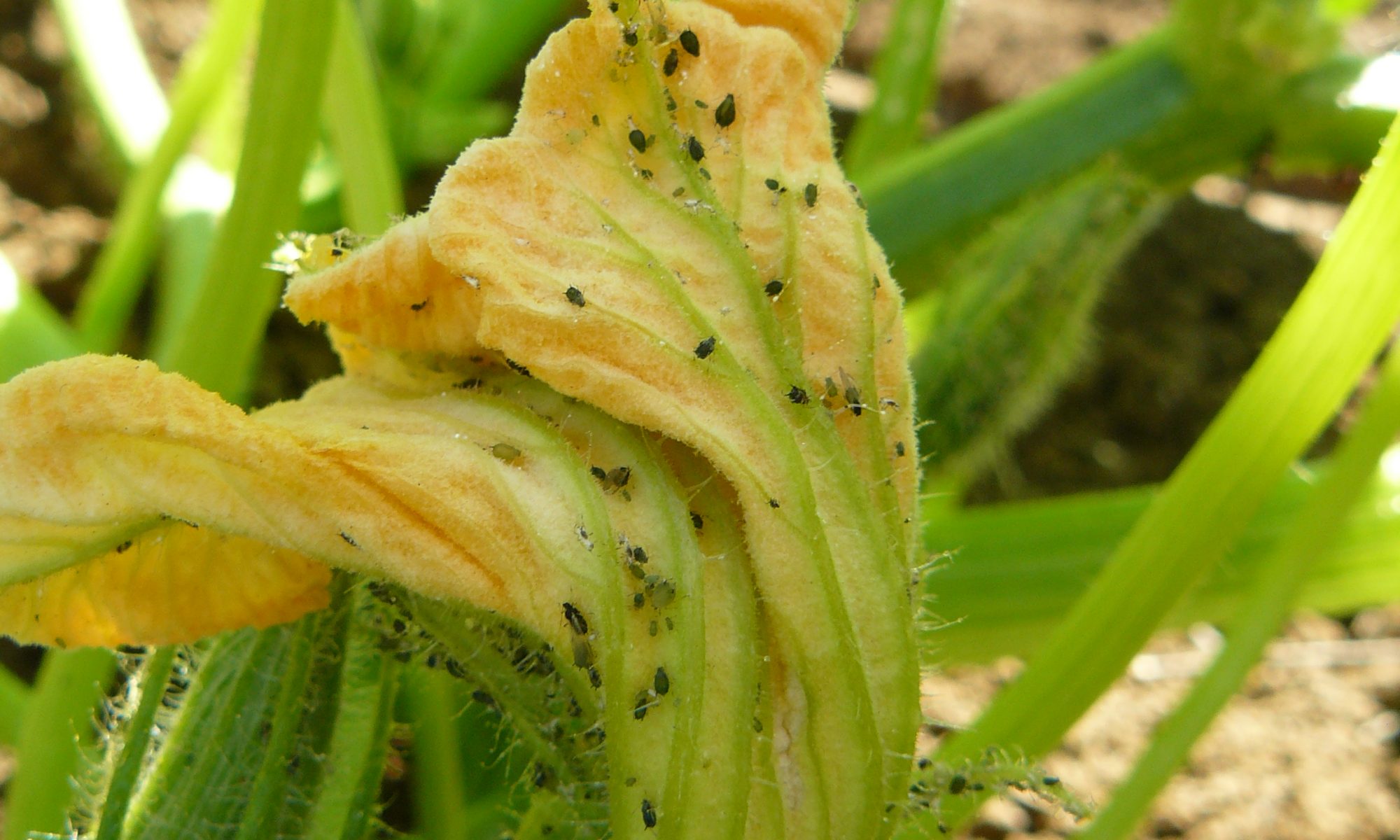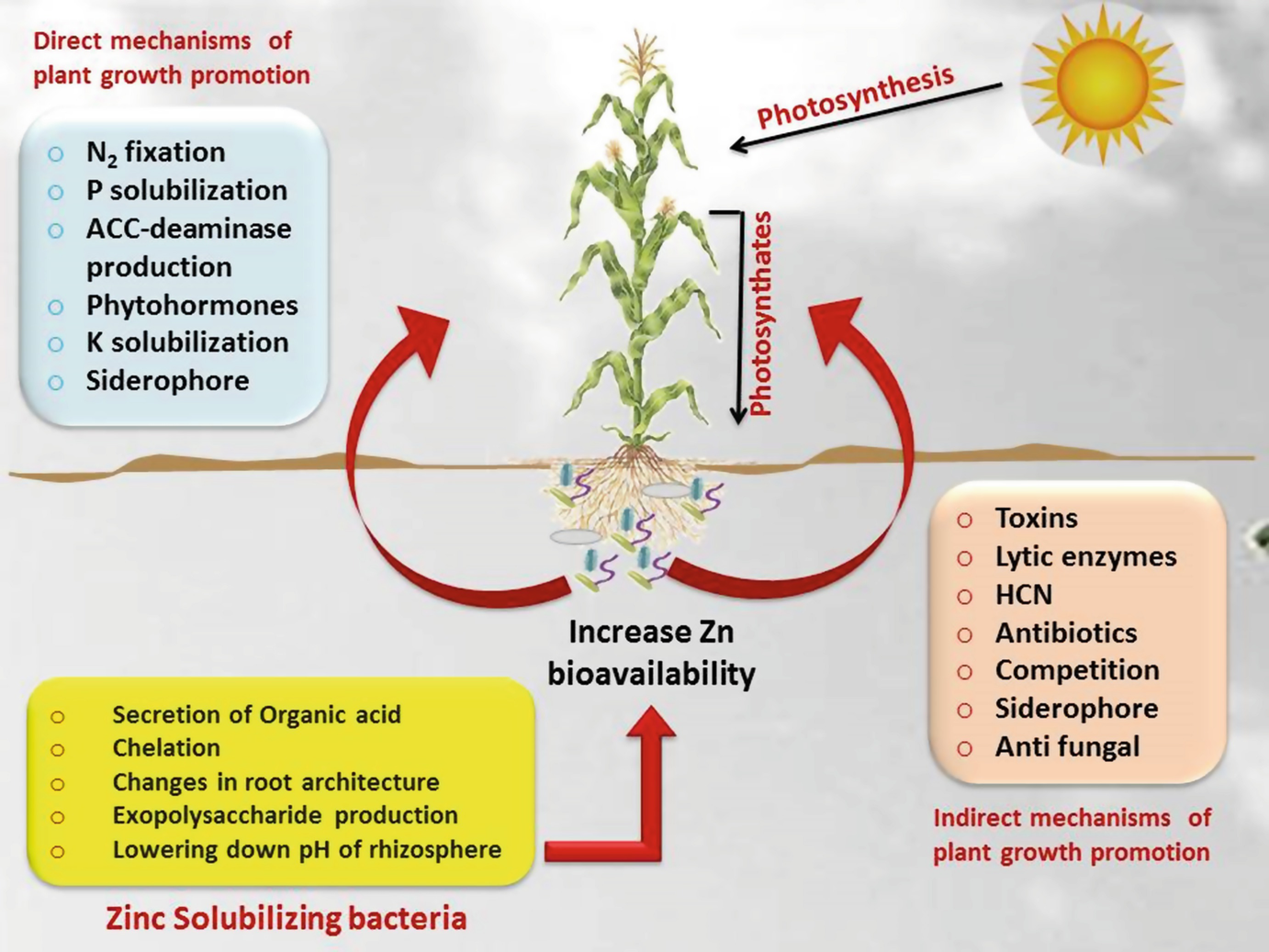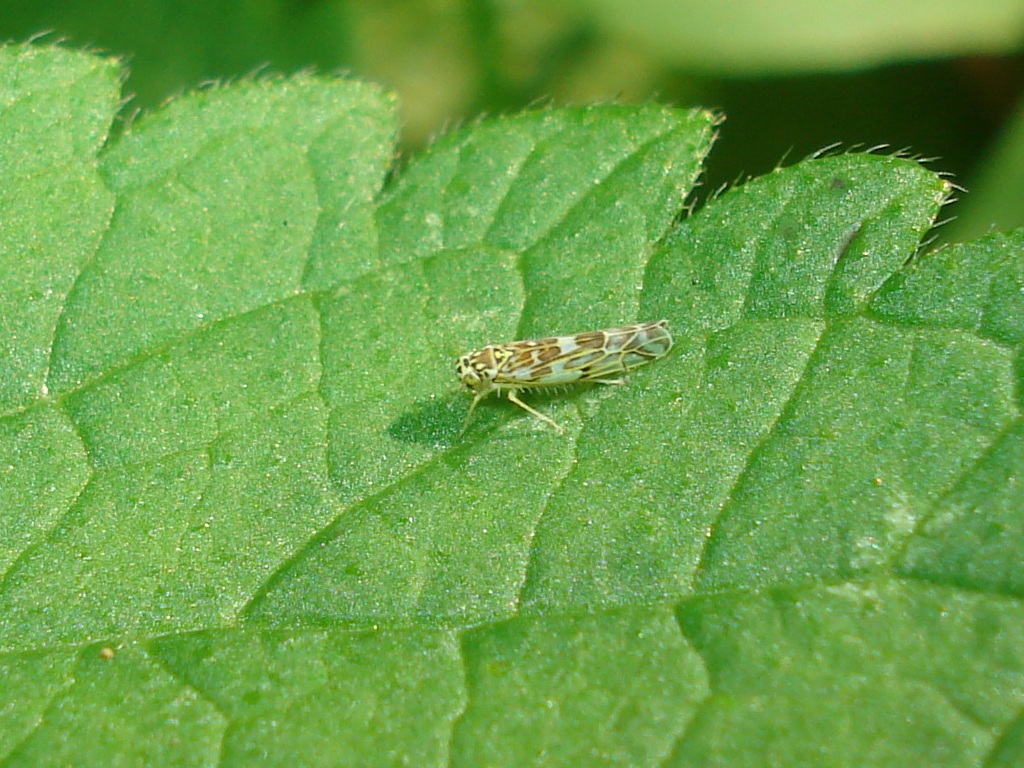Plants go fully dry. Foliage is covered in distinctive yellow mosaic. Leaves of plant curl downwards and leaf size smaller than normal. Fruits become distorted and are small in size. Transmitted by aphids.
Management–
- Removing weeds and diseased plants from fields can reduce the chance of infection.
- The use of resistance variety in another way some farmers control virus spread.
- Vector control by using systemic insecticide- Imidacloprid (17.8% SL) @ 100-120 ml/acre or Acephate (75% SP) @ 140-200 g /acre.
Like and share with other farmers by clicking on button below
Share
